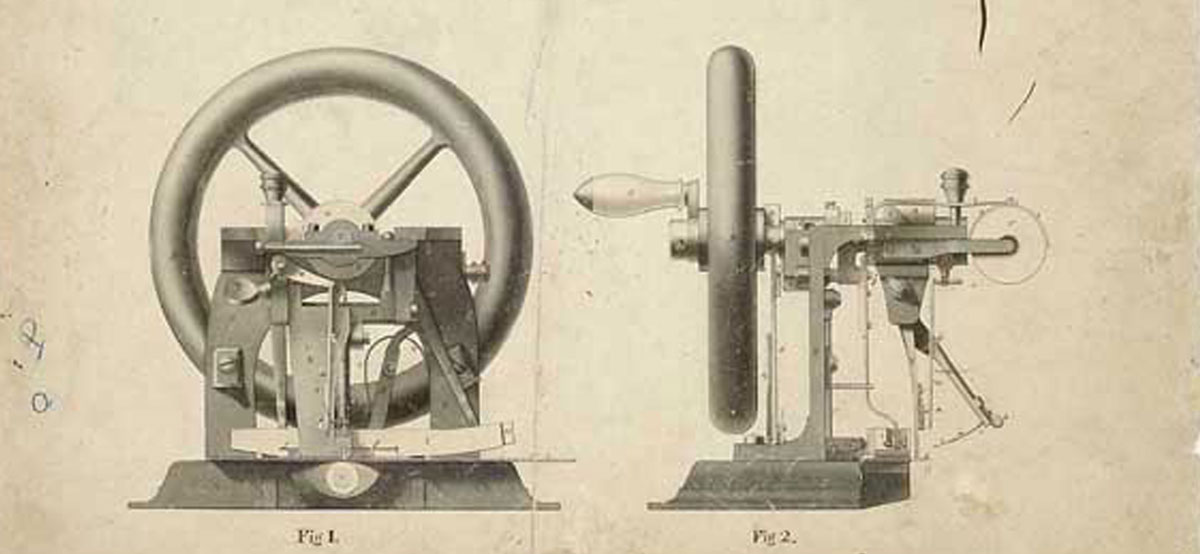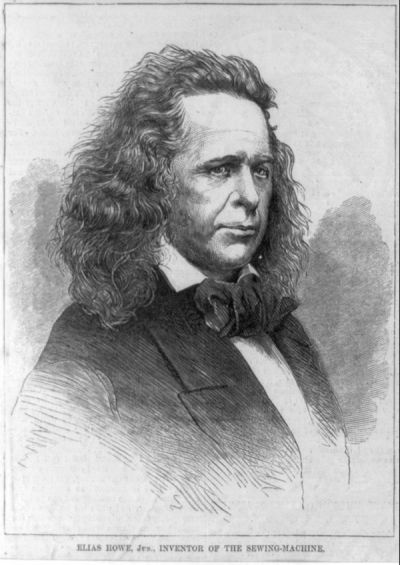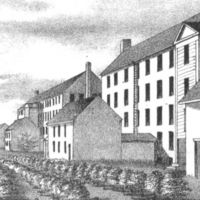Primary Source
Zieber and Ransom endeavored to sell machines in New York, and I went off traveling for the same purpose, and visited Baltimore, where I sold a few machines, forwarding the proceeds to Boston as fast as the money was collected. Subsequently, in the spring of 1851, I went to Philadelphia with three machines, and had fifteen dollars when I arrived there. I hired a room for an office, paying twelve dollars for the first month's rent in advance, leaving me with but three dollars for expenses. I succeeded in getting money for some machines, and with the money received there succeeded in paying the workmen at Boston and continuing the manufacture.
Quoted in A Capitalist Romance: Singer and the Sewing Machine, by Ruth Brandon. Published by J.B. Lippincott Co.






